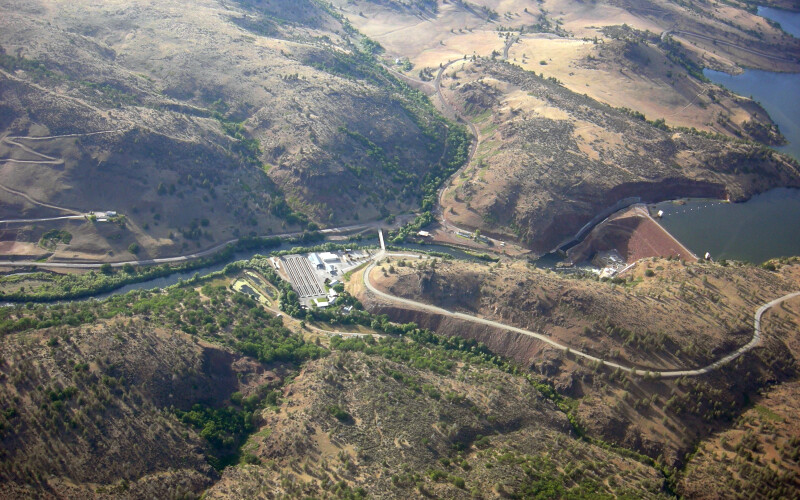In a historic move, U.S. regulators have given the green light to a groundbreaking plan to demolish four dams on the lower Klamath River in California, paving the way for the largest dam removal and river restoration project in the world.
The Federal Energy Regulatory Commission's unanimous vote on the proposal represents a major milestone for the $500 million demolition plan, which has been ardently supported by Native American tribes and environmentalists for years. The ambitious initiative aims to restore the lower half of California’s second-largest river to its natural free-flowing state, effectively opening up hundreds of miles of critical salmon habitat.
For Native tribes that have relied on the Klamath River and its salmon for their way of life, the dam removal represents a long-awaited victory. Situated in a wild and remote area straddling the California and Oregon border, the dams' presence has hindered the migratory routes of salmon for over a century. With the removal of these barriers, the salmon's path to their spawning grounds will be restored, reviving not only the ecological health of the river but also preserving the cultural heritage of the tribes.
Removing the dams is seen as one key toward restoring Chinook salmon in the region, where fishermen in California and Oregon were hit hard by managers' decision to close the fishery in spring 2023.
Barring any unforeseen complications, Oregon, California, and the overseeing entity formed to manage the project are expected to accept the license transfer, allowing for dam removal to commence as early as this summer, according to proponents.
The decision to remove the dams aligns with a growing trend across the United States, where there has been increasing emphasis on dismantling aging and outdated dams to restore natural waterways and ecosystems. Nearly 2,000 dams have already been demolished, and this project further underscores the commitment to environmental preservation and conservation.







